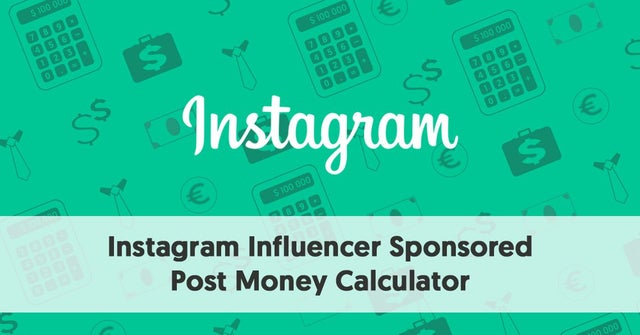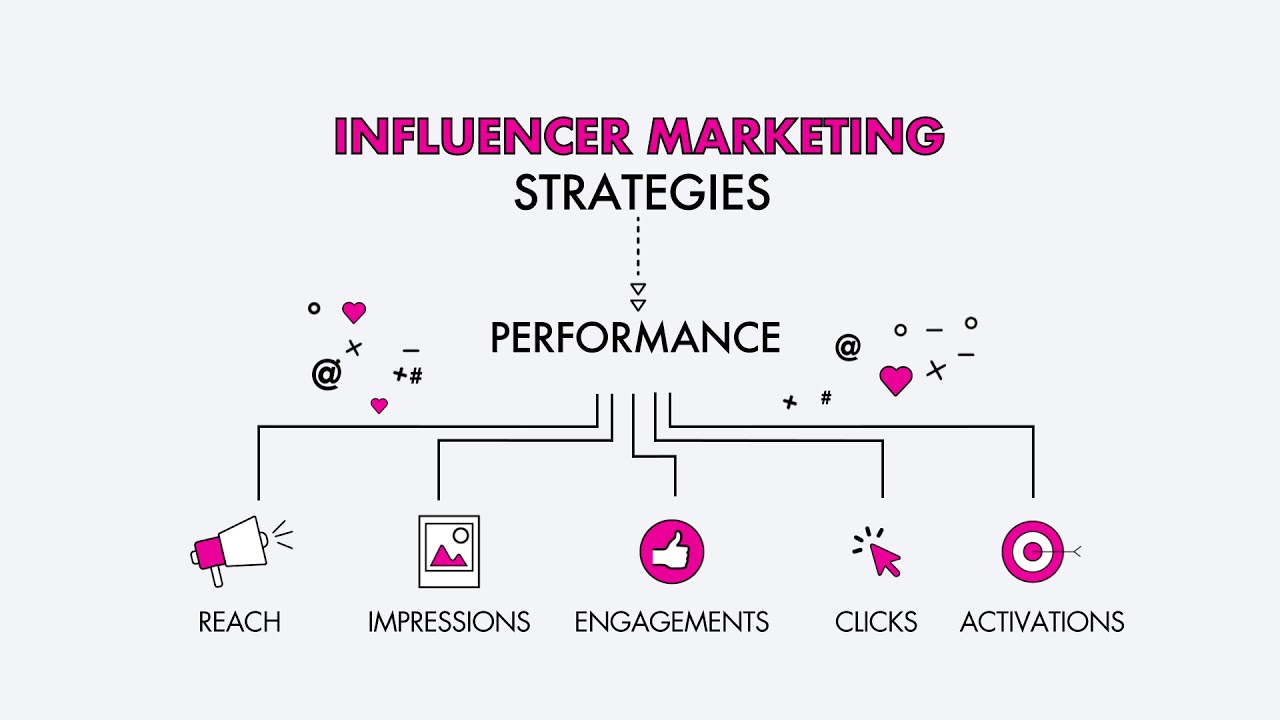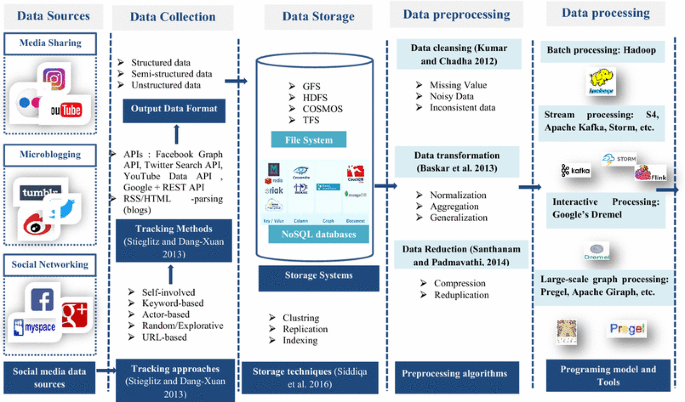
Content planning is an important part of social media strategy. This can help you make your content more interesting and fresh. It can also be time-consuming. You need to think about holidays and evergreen content as well as other platforms. All these decisions can impact your reach, engagement, and brand. Here are some ideas for content planning.
Blue Sky approach
Blue Sky can be a great way to make your content planning more effective. This will allow you to brainstorm and narrow down your initial ideas to achievable goals and tasks. Once you're done, you should have a set of content ideas for your next calendar sprint. Also, a list and individual tasks.
Blue Sky thinking stems from the idea that brainstorming is free of limitations. Blue Sky thinking makes it possible to develop and explore ideas that would otherwise not be possible. Blue Sky thinking allows you to explore ideas without being constrained by money or space.
Identifying your target audience
Content planning starts with identifying your target audience. You can learn more about your audience's traits and needs by conducting research. Personas can be created to represent different segments within your target audience. If you own a restaurant, for example, you could create personas that represent socially conscious, vegan, or health-conscious customers. These personas can be a helpful guide in planning your content and marketing efforts.

It is important to gather information about your business and your customers in order to pinpoint your target audience. To narrow your focus, you can use data like invoices or sales figures. Additionally, you can use the Internet to gather information on your audience.
Find content gaps
Gap analysis is an effective way to improve your SEO performance and to fine-tune the content strategy. Gap analysis can help you identify topics you are missing and highlight potential opportunities. The best way to make use of this type of analysis is to create a strategy plan to implement the findings.
Content gap analysis identifies the differences between your content, and the needs of your audience. Keyword research is an excellent way to discover these gaps. It is not enough if you don’t know the most relevant keywords and topic areas. You will have to include articles related to your target audience if you want to get more organic traffic.
Creating a content plan
Content planning is key to online marketing. A content plan helps you identify your target audience and decide the type of content that you want to create. It also allows you to determine how to best distribute it. It can also establish important dates and goals for your content marketing campaign. It can be used to keep track of how well each piece works.
Your content plan will outline the types of content that you intend to create and how each piece is distributed. It will also include how each piece will be kept current. It should include the topic and headline of each piece, as well as the call to actions and deadlines. It will also include ways to reuse and repurpose content.

Using analytics to evaluate the results
It can be difficult to plan content. Analytics can help make it easier and track your results. Using Google Analytics, for example, you can see which content is working well and which is not. This will allow to customize your content to suit your audience and improve conversions. With this data, you can make better decisions about which types of content to produce and when.
The first step is to establish high-level goals for content planning. You may want to increase brand awareness or engage your audience. These goals will guide you in your content strategy, content planning, and future updates. Secondly, you should choose a set of key performance indicators (KPIs) that connect your goals to your metrics.
FAQ
What is the difference in content marketing and content creation?
Content marketing is the idea of all great brands having the same message. They consistently deliver the valuable information people want and require.
Content marketers are experts in creating the right content to fit each channel and at different times.
They also have the ability to devise a plan for distribution and promotion.
In other words, they think strategically about what they do and why it matters.
This is the foundation skill set required to be a successful content marketing professional.
What is Content Marketing?
Absolutely! Absolutely! Content marketing works for every type of business. Whether you sell products or services, provide support, or offer training, creating content is a great way for customers to learn about your company and stay connected.
What is Content Strategist, and what does it do?
A content strategist assists brands in telling stories by crafting compelling messages that connect with their audiences emotionally. They are storytellers who help brands tell brand stories that motivate people to act.
Content strategists know how to create strategies that engage current and potential customers. For example, they combine data analytics and storytelling to craft experiences that inspire consumers to visit stores, buy products and share their excitement online.
They also know how social media platforms can be integrated into campaigns. They use technology tools such virtual reality and video to deliver exceptional customer experiences.
Digital content is not only created by content strategists, but they also translate these ideas into actionable plans that marketers must execute. This includes creating content that can be used on different media (such as television or print), and developing creative briefs. Budget management is also an important part of the job.
How do I measure success in content marketing?
There are several ways to measure the effectiveness of your content marketing strategy.
Google Analytics is an excellent measurement tool. This tool allows you to see where your targeted traffic is coming from and what pages they are visiting most often.
It also shows you how long each visitor stays at your site before they leave.
You can use this information to improve the content you create to grab people's attention, and keep them interested for longer periods of time.
This is another way to determine the success rate of your content-marketing efforts.
Do my new subscribers get any value from my email newsletters or not? What percentage of my entire mailing list has converted into paying memberships? How many people clicked through to my landing pages? Are people who click through more likely to convert than others?
These are all important metrics you need to monitor and track over time.
Lastly, another great way to measure content marketing success is to look at the number of times people share links to your content across social networks.
If you're not doing that already, consider starting now. It could be the difference in being seen or not in your industry.
What is content marketing?
This strategy involves creating quality and relevant content for your site or blog. This content can include video, images, text, and infographics.
Statistics
- Progress indicators (0–100%) allow each team member to see how attainable each goal is and understand what remains to be accomplished. (semrush.com)
- Companies that use content marketing see approximately 30% higher growth rates than businesses not using it. (mailchimp.com)
- An example of an overarching goal could be: "In 2022, we want to achieve a 20% increase in revenue created by organic content and generate 15,000 MQLs with a budget of $30,000." (semrush.com)
- According to our research, 65% of companies with very successful content marketing in 2021 ran content audits at least twice a year. (semrush.com)
- Out of the 1,500 marketers we surveyed for our State of Content Marketing report, 78% who felt their content marketing strategy was exceptionally effective in 2021 had documented their strategy. (semrush.com)
- Forty-seven percent of buyers view 3 to 5 pieces of content before engaging with a sales representative. (mailchimp.com)
- Seventy-two percent business to business (B2B) (mailchimp.com)
- To further show the importance of this, 89% of people have stopped doing business with a company because of a poor experience. (neilpatel.com)
External Links
How To
How can you make videos more exciting?
Video Marketing is one of the most powerful tools of Content Marketing. It allows you to communicate with your audience, engage them emotionally, and build trust. But how can we transform boring into something amazing? Let's look at some simple tips!
-
Tell a good story. Storytelling lies at the heart and soul of all communication. Without storytelling, video marketing will not work. You must decide what stories you want. Is it entertaining? Educational? Inspiring? It's easy to find inspiration on social media. Get inspired by these stories, and use them for inspiration.
-
Use images. Images convey emotions better than words. They help us connect with others and feel empathy. Make sure to include images in all your videos. Pictures can be embedded in blog posts or added to slideshows.
-
Make it easy for people to share. If you want your viewers spreading the word, make sharing easy. Include sharing buttons on your videos. Add social icons to your slideshows. If you have a YouTube channel, add "Share" boxes.
-
Don't overdo it. Your viewer may lose interest if you use too many graphics or too much information. Keep it simple. A few striking images can be enough to attract attention and keep people's attention.
-
Keep it short. People love to watch short videos. A 5-minute video can help you create buzz about your brand.
-
Get feedback. Listen to your audience. Ask them what works and what doesn't. To improve your content, use their answers.
-
Create a plan. Now that you have made your first video, think of how you could create more. Can you create a series? Maybe you can create a playlist with the most watched videos?
-
Test, test, test. The last thing you want is to release a video and then realize that nobody watches it. Make sure you test the video with your audience before releasing it. See what kind of reactions you get. Then make changes based on those results.
-
Repeat. You can repeat steps 1-8 until your formula is perfect. Once you know what works, you'll be able to create great videos time after time.
-
Measure the results. It's important to measure the success of your videos. What did they do? Is there a certain type of audience that likes watching particular types of videos? These questions will help you optimize your strategy.
-
Adjust as needed. Don't stop learning once your video campaign is up and running. You can learn from your mistakes and adjust your plan as needed. The best marketers are always open to learning and improving.
-
Enjoy it. Video marketing isn’t hard but takes patience. With experience you will discover new strategies, techniques, ideas, and methods to help you grow business.